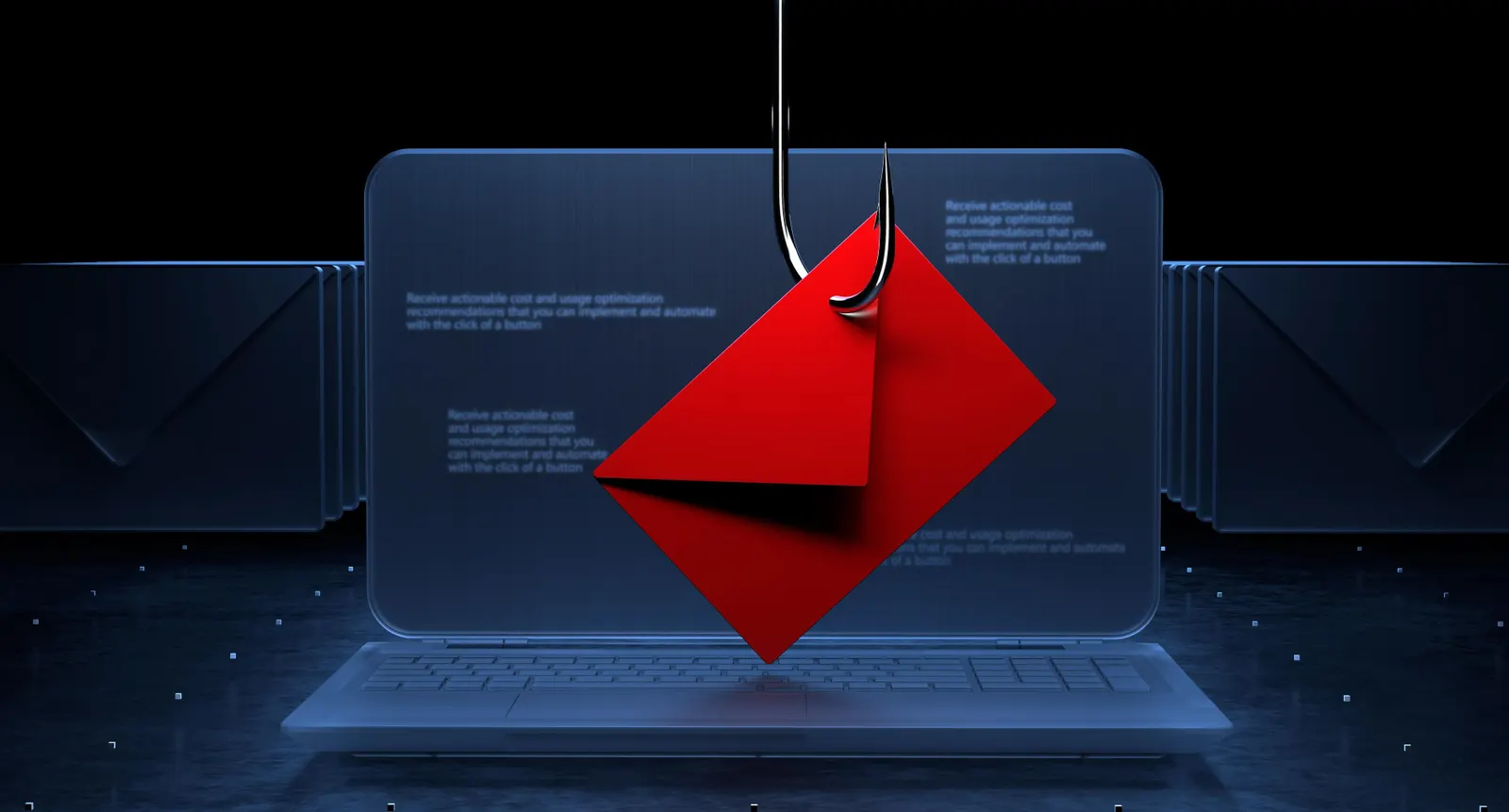One Wednesday morning in August 2024, the Finance Director of a top-tier insurance company in the region clicked an email that looked perfectly ordinary. The subject was “Request for Approval—Updated Q2 Premium Report.” It had come from what appeared to be the CEO’s personal Gmail. She clicked. The screen flickered. Then, it froze.
That was the first move in a highly coordinated phasing attack. Not phishing. Phasing, a more sophisticated, patient, and devastating evolution of social engineering.
Unlike classic phishing, where attackers bait you into clicking suspicious links, phashing is a silent predator. It slowly infiltrates, studies, and mimics internal behaviors, gradually earning trust before making a move. No Nigerian prince. No spelling errors. Just perfect timing and familiarity. AI has transformed business models of fintechs and criminals alike!
From infiltration to impersonation
The initial breach began two months prior. One of the IT interns, keen and talented, had reused a weak password from his university email. That same password had been compromised in a 2023 LinkedIn breach.
The attacker didn’t rush. He monitored internal communications for 49 days. He studied the nicknames staff used for each other. Observed workflows. Noted when key decision-makers were on leave. The hacker didn’t hack—he blended in.
Then came the masterpiece. The attacker crafted a perfectly worded email chain that mirrored prior correspondence between the CFO and the Managing Director. He spoofed the domain using lookalike techniques.
insureafrica.com became insure-áfrica.com. The “á” was a Unicode character. Visually identical. Technically different.
The attack unfolds
By the time the fraudulent payment request landed in the CFO’s inbox, the attacker had even copied her writing style, using past emails. The attached Excel file wasn’t malware. It was clean. But the bank details inside had been phased in gradually over a week of supposed “update” emails from the fake MD.
The instruction was simple:
“Please wire $184,600 (UGX 700 million) to our offshore reinsurance partner to beat the compliance deadline.”
The urgency made sense. The tone was spot-on. The signature? Flawless.
Three days later, the company’s real MD returned from a strategic retreat. He asked, “Have we paid the Swiss reinsurance team yet?” That’s when the silence broke.
What is a phasing attack?
Phasing is the fraud triangle on steroids. It combines:
- a) Deep reconnaissance: The attacker lives inside your digital system undetected, studying patterns and behaviors.
- b) Gradual manipulation: Small, innocuous changes are introduced over time—modified vendor records, subtle domain changes, new rules.
- c) Perfect social mimicry: The fraudster doesn’t attack your firewall. He attacks your mind by acting exactly like someone you trust.
This is no longer about bad grammar. This is about behavioral cloning.
The red flags they missed
Summit Consulting Ltd was called in after the breach. Our digital forensics team discovered five critical signs that were overlooked:
- a) The fake domain was registered just 3 weeks before the incident. A basic domain intelligence tool would have flagged it.
- b) The intern’s credentials had been used to log in from two IP addresses in Brazil and Bulgaria. No geo-restriction rules had been set.
- c) The “updated bank account” had replaced a previously verified local account. No dual approval rule was triggered.
- d) The company had disabled 2FA (Two-Factor Authentication) temporarily for “email migration” and forgot to reinstate it.
- e) Finance staff did not cross-verify the payment via voice call—a standard protocol buried in dusty policy binders.
The anatomy of the loss
UGX 700 million vanished into a crypto exchange in Slovenia. The money was converted within 48 hours and broken into dozens of wallets, then funneled through a chain of obfuscation layers on the dark web.
Suspect 1, a shadowy regional cyber-mercenary, had used local mules to cash out. Suspect 2, believed to be a university dropout with a history of web scraping projects, created the spoofed domain and communications templates.
They never stepped into the building. But they had lived inside the systems—and minds—of the organization for two months.
The silent threat becomes a loud lesson
Summit’s final report was sobering. Internal controls were there. But they were outdated, ignored, and poorly enforced. The organization had:
- No active cyber threat monitoring tools.
- No employee behavioral training on deep social engineering.
- No incident response playbook.
The loss, 700 m+, was uninsured, unaudited, and entirely preventable.
Why smart employees still fall
Because intelligence is not immunity. Phasing attacks don’t exploit ignorance. They exploit trust, busyness, and routine.
Even the best-performing staff fail when the system is silent, and the threat is cloaked in familiarity. It’s not stupidity that gets you hacked. It’s predictability.
Cracking the case-How Summit unraveled it
Our team used Summit iShield 360, a proprietary suite of forensic tools, to trace the attack vectors. We triangulated metadata from emails, accessed admin logs using preserved timestamps, and reviewed DNS history.
We found the point of initial contact. The intern’s compromised account. From there, we reconstructed the attacker’s timeline using log correlation.
The breakthrough came when we linked a WhatsApp number, used by the fake reinsurance “agent”, to a delivery order of an iPhone in Jinja. A careless digital breadcrumb. That’s all we needed.
Your biggest vulnerability wears a name tag
Technology doesn’t fail. People do. Your systems are only as strong as the culture they operate.
If your internal processes are based on trust instead of verification, you’re not secure- you’re just lucky.
As Mr Strategy, I say this:
Train your staff like soldiers.
Test your systems like hackers.
And treat every email as a loaded gun.
Because in this new world of silent digital warfare, you don’t get a second chance.
Final loss: UGX 704,378,100.
One careless click. Two months of quiet surveillance. Three actors in play.
And just like that, gone.
But not forgotten.
The war continues. IFIS and Summit Consulting remain on the front line.





